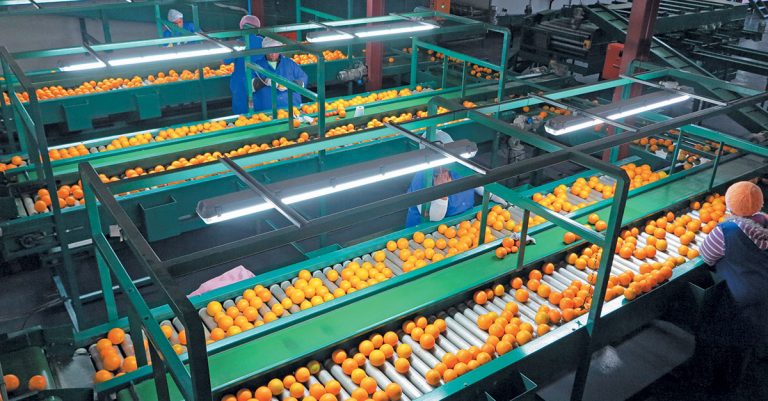
Photo: FW Archive
PwC, a multinational accounting and auditing firm, expects the rolling blackouts experienced across South Africa to reduce the country’s GDP growth by three percentage points, and potentially cost the country 350 000 jobs this year.
Christie Viljoen, senior manager at PwC, told Farmer’s Weekly the agriculture sector was included in this scenario, because it was forcing primary and secondary producers to invest in expensive alternative energy solutions to alleviate the impact of so-called load-shedding.
Failure to adapt, however, would drive up costs, by resulting in product and productivity losses.
Jan Rabie, a crop producer in the Robertson Valley region, said he did not believe that load-shedding would have as big an impact on agricultural production as it did in the past, if Eskom managed to keep it to Stage 2.
The reason for this, he said, was the fact that most farmers and agricultural businesses, especially higher up the value chain, had already invested in technologies to alleviate the impact of load-shedding and years of unreliable energy supply.
“Most farmers and packhouse owners were forced to invest in generators or renewable energy sources to maintain the cold chain, or larger pumps and main lines to enable the irrigation of bigger areas over shorter times when electricity is available,” Rabie said.
These investments were, nevertheless, driving up production costs, which in turn were adding pressure on farm margins.
Rabie pointed out that besides the investment in infrastructure, which could run into hundreds of thousands, if not millions of rand, generators were one of the most expensive energy sources, especially now that the diesel price had increased by R1,48/l in November.
Despite this, he did not think that occasional light load-shedding on its own would result in job shedding. However, the combination of power disruptions, increased fertiliser, labour, shipping and fuel costs would make it increasingly difficult for farmers to remain financially viable.
“The picture becomes gloomier once load-shedding moves above Stage 2, as the challenges then becomes too much to run a successful agricultural operation.”
Dawie Maree, head of information and marketing at FNB Agriculture, said the agriculture sector had already mechanised some functions and become labour-efficient over the past decade or more, but seasonal employment or short-term employment could come under pressure.
Investment in new production facilities would also be hampered and thus, no new jobs could be created.
He said it was specifically energy-intensive industries, such as poultry, pork and dairy, and those relying on maintaining the cold chain, that would be affected.
Daneel Rossouw, functional head of agriculture at Nedbank, agreed: “With consumer spending under pressure and farmers being price-takers, farmers will have to absorb these price shocks, which could, where possible, result in increased mechanisation to reduce labour costs.”
Rossouw added that renewable energy was becoming an increasingly attractive solution to render farmers and agribusinesses less dependent on Eskom.
“Where solar solutions used to take eight to nine years to pay for themselves, break-even points can now be reached within four to five years.”











